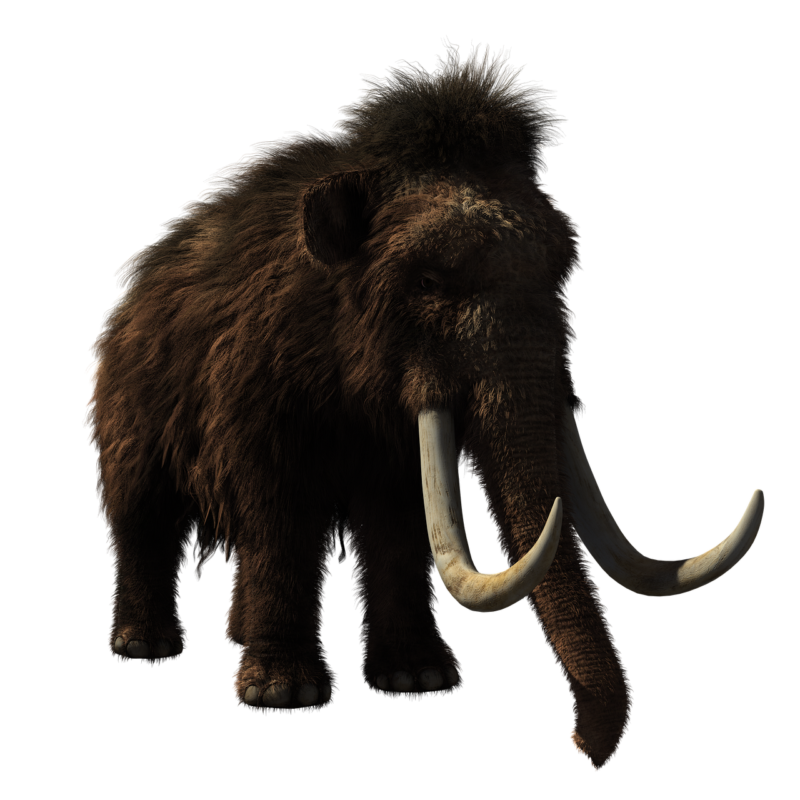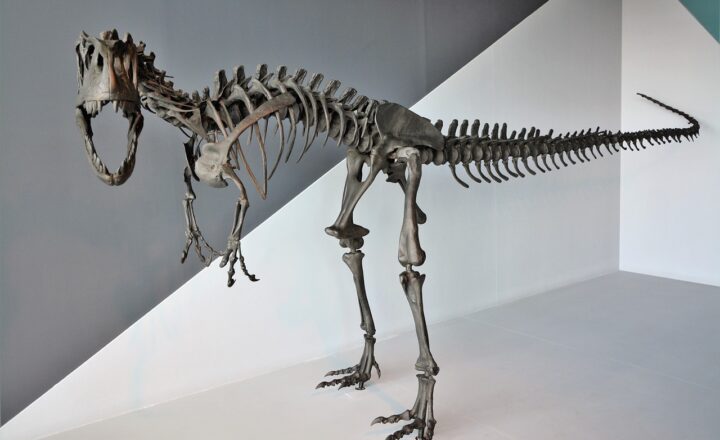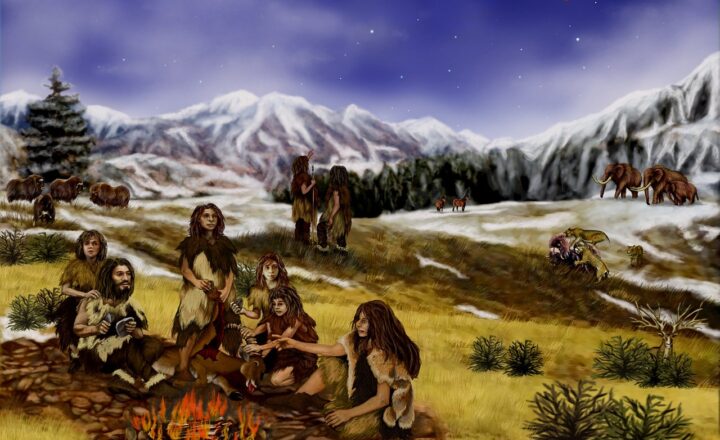Surviving the Ice Age: How Woolly Mammoths, Saber-Toothed Tigers, and Others Thrived
November 14, 2024

The Ice Age is a term that evokes images of frozen landscapes, massive glaciers, and the incredible, harsh conditions that shaped the lives of various species. Among these species are the iconic woolly mammoths and fearsome saber-toothed tigers, both of which adapted to survive in an environment that tested their capabilities to the limits. In this article, we delve into the world of these fascinating creatures and explore how they thrived during one of Earth’s most extreme periods.
1. Understanding the Ice Age
The Ice Age, also known as the Pleistocene Epoch, began approximately 2.6 million years ago and lasted until about 11,700 years ago. This period saw the Earth’s climate oscillate between colder glacial phases, where ice sheets expanded, and warmer interglacial phases. The effects of these climactic shifts profoundly influenced the flora and fauna of the time.
During the last glacial maximum, roughly 20,000 years ago, ice sheets covered substantial portions of North America, Europe, and Asia, giving rise to a range of unique environments that posed both challenges and opportunities for prehistoric wildlife.
Animals had to adapt to these harsh conditions. Some evolved physical traits, while others developed behavioral strategies that allowed them to thrive despite the severe challenges.
2. The Woolly Mammoth: An Icon of the Ice Age
The woolly mammoth (Mammuthus primigenius) is perhaps the most well-known inhabitant of the Ice Age. These enormous herbivores roamed the cold tundras and plains of the northern hemisphere.
Physical Adaptations:
Woolly mammoths sported several remarkable adaptations that enabled them to thrive in freezing temperatures:
- Thick Fur Coat: Their long, shaggy hair provided insulation against the bitter cold. Underneath, they had a layer of fat that could be up to 10 centimeters thick, further protecting them from the elements.
- Small Ears and Shorter Legs: Compared to modern elephants, mammoths had smaller ears and shorter limbs. These adaptations reduced heat loss, making it easier for them to retain warmth in the frigid environments they inhabited.
- Large Tusks: Woolly mammoths had impressive, curved tusks, which they utilized for various tasks, including foraging through deep snow to access vegetation and defending against predators.
Diet and Habitat:
Woolly mammoths were herbivores, primarily feeding on grasses, shrubs, and other vegetation that thrived in the tundra. They were well-adapted to foraging through snow, where they could dig with their tusks to reach the plants below. Their ability to graze on tough vegetation enabled them to find food even in harsh conditions.
3. The Saber-Toothed Tiger: A Fearsome Predator
The formidable saber-toothed tiger (Smilodon), often referred to as the sword-toothed cat, was one of the apex predators of the Ice Age.
Unique Features:
Saber-toothed tigers had distinguishing features that made them efficient hunters:
- Long Canines: Their elongated canine teeth, sometimes over 7 inches long, were perfect for delivering a killing bite to their prey. These teeth allowed them to inflict substantial damage, especially to large herbivores like the woolly mammoth.
- Robust Build: Unlike modern big cats, Smilodons had compact, muscular bodies designed for short bursts of strength. This physicality enabled them to bring down large prey, which was crucial for survival in a predator-rich environment.
Hunting Strategies:
Researchers believe that saber-toothed tigers may have employed ambush tactics when hunting their prey. This approach was crucial for taking down larger animals, where stealth and surprise could contribute to a successful hunt. Their powerful forelimbs were likely used for grappling and holding onto struggling prey, which allowed them to deliver fatal bites.
4. Other Ice Age Survivors
While woolly mammoths and saber-toothed tigers are among the most iconic animals of the Ice Age, many other species also thrived during this period.
Giant Ground Sloths:
These enormous mammals, such as Megatherium, could weigh up to 4 tons and were herbivorous, fostering adaptations similar to those of the woolly mammoth. They developed strong limbs for browsing on high vegetation, allowing them to find food in areas where other herbivores struggled.
Mastodons:
These close relatives of modern elephants roamed North America and bore thick fur coats and tusks similar to their mammoth cousins. Mastodons were also adept at foraging in wooded environments, where their teeth were suited for chewing tough plant material.
Woolly Rhinoceroses:
These animals sported a thick layer of fur, adapting to life in frigid temperatures while grazing on grasses and shrubs. They had a large, broad body that allowed them to traverse snowy terrains effectively.
5. The End of the Ice Age and Extinction
The end of the last Ice Age brought drastic changes to the global environment. As temperatures began to rise, ecosystems transformed significantly. Many of the megafauna that had thrived in the Ice Age faced rapid habitat changes and competition from newly evolved species, such as humans.
The combination of climate change and human hunting pressure likely played a pivotal role in the extinction of many Ice Age species. The woolly mammoth, saber-toothed tiger, and other megafauna became increasingly rare as their habitats diminished, leading to their eventual disappearance.
6. Conclusion: Lessons from the Ice Age
The Ice Age was a defining period in Earth’s history, showcasing the resilience and adaptability of various species. Understanding how woolly mammoths, saber-toothed tigers, and their contemporaries thrived during this period provides critical insights into evolutionary biology and the endurance of life. Despite the challenges posed by their environment, these species developed unique traits and strategies that allowed them to survive against the odds.
Today, we can apply these lessons of adaptation as we face our own challenges due to climate change and habitat loss. Just as the creatures of the Ice Age fought to survive, we too must adapt to ensure the sustainable future of our planet.







